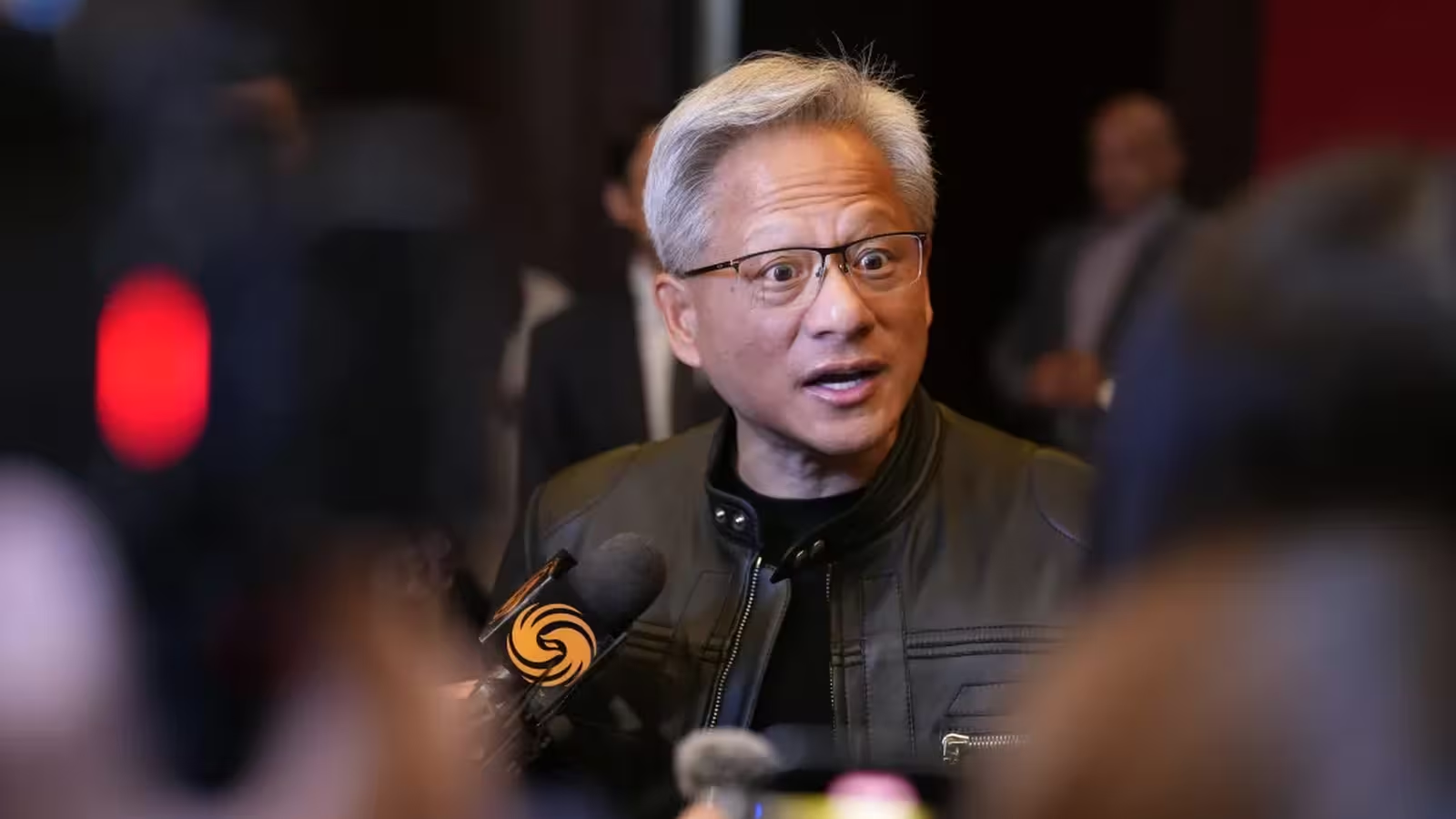4 Minutes
Trump's Initial Stance: A Bold Plan to Break Up Nvidia
Former President Donald Trump once considered making radical changes to the landscape of the artificial intelligence chip industry. In a surprising revelation during a speech detailing his new AI Action Plan in Washington, D.C., Trump admitted that until recently, he hadn’t even heard of Nvidia – now the world’s most valuable technology company. When informed about Nvidia's dominating presence in the AI semiconductor space, his instinct was to break up the company, seeing its near-total market share as a potential risk to competition and innovation.
The Advisor’s Insight: Market Monopoly Reality
Trump recounted a pivotal conversation with an unnamed advisor. When Trump pressed for Nvidia's market share, the advisor replied, “Sir, he has 100%.” Startled by this level of dominance, Trump asked, “Who is he?” only to learn that Nvidia’s visionary CEO, Jensen Huang, was leading the charge in the industry. Trump humorously admitted to not having heard of the company before and was surprised by its central position in powering the global wave of AI innovation.
Reconsideration: The Complexity of AI Chip Dominance
Recognizing the magnitude of Nvidia's achievements, Trump soon realized that attempting to dismantle such a highly specialized and advanced company didn’t make practical sense. “Suppose that we put the greatest minds together and they work hand-in-hand for a couple of years,” Trump proposed, only to be told it would take “at least ten years” for any competitor to catch up, even if Nvidia performed poorly. This acknowledgment highlights the unique technical moat and leadership Nvidia has established in the AI hardware market, largely fueled by its groundbreaking GPU architecture and massively parallel processing capabilities.
Jensen Huang's Convincing Argument and Strategic Diplomacy
After meeting with Jensen Huang, Trump said, “Now I see why.” Indeed, Huang's leadership and persuasive negotiation skills were pivotal. Under his stewardship, Nvidia developed the advanced H20 AI chips, which became a centerpiece in a sensitive policy debate. Huang successfully convinced the administration to relax restrictions, allowing Nvidia to export these H20 chips to China. This move opened a vast new revenue stream, despite warnings about boosting rival AI efforts abroad.
US Security Concerns vs. Business Expansion
US Commerce Secretary Howard Lutnick sought to calm national security concerns by emphasizing that the chips approved for China were only the “fourth-best” models in Nvidia’s lineup. The bold strategy? Get Chinese customers reliant on American-designed AI technology, shaping software ecosystems in ways that ultimately benefit the US tech sector.
Nvidia’s Unstoppable Rise and Market Impact
Regardless of political debates, the US government’s decision marked another milestone for Nvidia, which became the first publicly traded company to surpass a $4 trillion valuation. The company’s dominance not only underpins generative AI development worldwide but also sets new standards in high-performance computing, autonomous vehicles, data centers, and beyond.
Legal Scrutiny and Competitive Landscape
Although the Biden administration’s Justice Department reportedly initiated antitrust inquiries into Nvidia’s grip on the AI chip market, Trump’s shift in attitude suggests regulatory challenges are unlikely in the near term. With competition lagging significantly behind Nvidia’s advanced GPU platforms such as the H100 and H20, the company continues to play a central role in the rapidly evolving digital economy.
Key Features, Use Cases, and Advantages of Nvidia AI Chips
- Product Features: Nvidia’s H20 and H100 chips are engineered for high-throughput AI model training, powering large language models (LLMs) and generative AI algorithms relied on by leading enterprises and research institutions.
- Use Cases: From powering AI cloud services and data analytics to enabling breakthroughs in autonomous robotics and computer vision, Nvidia's chips are at the heart of global digital transformation initiatives.
- Market Relevance: Nvidia’s strategic partnerships and broad adoption across tech sectors secure its position as the cornerstone of next-generation computing, making it indispensable for developers and enterprises alike.
Conclusion: Outlook for Nvidia and the Future of AI
As the AI revolution accelerates, Nvidia’s leadership and innovative edge remain unchallenged. The company’s ability to navigate both regulatory pressures and international markets cements its status as a foundational force in the digital innovation ecosystem—and shapes the world’s technological trajectory for years to come.
Source: theverge



Comments